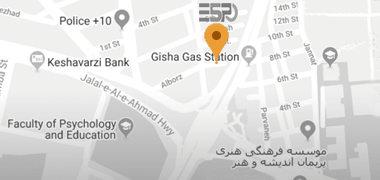
1. افزایش ارزش ملک: یک طراحی داخلی زیبا و اصولی میتواند ارزش ملک شما را به طور قابل توجهی افزایش دهد. خریداران ملک همیشه به دنبال خانههایی با دکوراسیون مدرن و جذاب هستند.
2. استفاده بهینه از فضا: با کمک طراحی داخلی حرفهای، میتوانید از کوچکترین فضاهای خانه نیز بهترین استفاده را داشته باشید و فضایی کاربردی و راحت ایجاد کنید.
3. ایجاد محیط آرامشبخش: استفاده از رنگهای مناسب، نورپردازی صحیح و چیدمان اصولی مبلمان به شما کمک میکند تا فضایی آرام و دلپذیر برای استراحت و زندگی ایجاد کنید. سبکهای مختلف در دکوراسیون داخلی مسکونی در دکوراسیون داخلی، سبکهای متنوعی وجود دارد که هر کدام از آنها میتوانند فضای زندگی شما را به شکلی منحصر به فرد زیبا کنند.
برخی از محبوبترین سبکها عبارتند از:
• دکوراسیون مدرن: در این سبک از خطوط صاف، رنگهای خنثی و متریالهای صنعتی مانند شیشه و فلز استفاده میشود. سادگی و کارایی از ویژگیهای کلیدی این سبک است.
• دکوراسیون کلاسیک: این سبک با استفاده از چوبهای طبیعی، پارچههای مجلل و رنگهای گرم، فضایی لوکس و جذاب را ایجاد میکند.
• دکوراسیون مینیمال: این سبک با تأکید بر سادگی و کمینهگرایی، فضایی آرام و منظم به وجود میآورد. اگر به دنبال بهبود فضای زندگی خود هستید، سرمایهگذاری در طراحی داخلی و دکوراسیون مسکونی میتواند یکی از بهترین تصمیمات شما باشد.









